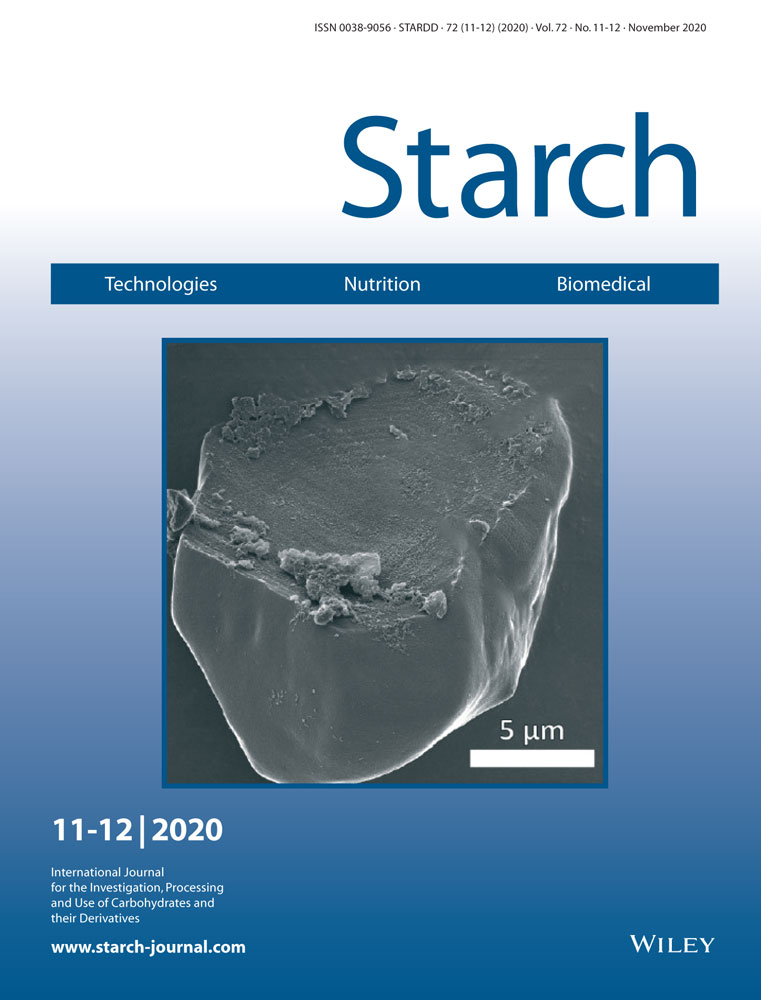β-Carotene Stability and Some Physicochemical Properties of Apricot Juice Powders Obtained by Using Maltodextrins with Different Dextrose Equivalents
Abstract
In this study, apricot juice powders (AJPs) are obtained via freeze-drying using different maltodextrins (MDs) as carrier agents. The Hacıhaliloğlu cultivar, which is the most common variety in Turkey, is used as an apricot sample. Three different MDs: low (4–7), medium (13–17), and high (17–20) dextrose equivalence (DE) are used as the carrier agent. The powders obtained are subjected to accelerated oxidation at 55 °C, and the stability of β-carotene in the AJPs is determined. Some physicochemical properties, such as the glass transition temperature, microstructure, bulk density, color, moisture, solubility, degree of caking, and hygroscopicity, are also determined. The results show that after a 20 day period of oxidation, the remaining β-carotene in the control sample is 24% of the initial value, whereas for low, medium, and high DE MD samples, it is measured to be 47%, 60%, and 57% of the initial concentration, respectively. There is no significant difference in the content of surface carotenoids between the control and the samples with added MD. In contrast, according to other quality attributes like hygroscopicity, caking, moisture content, and solubility, the best results are obtained from the low DE MD sample.
Conflict of Interest
The authors declare no conflict of interest.




